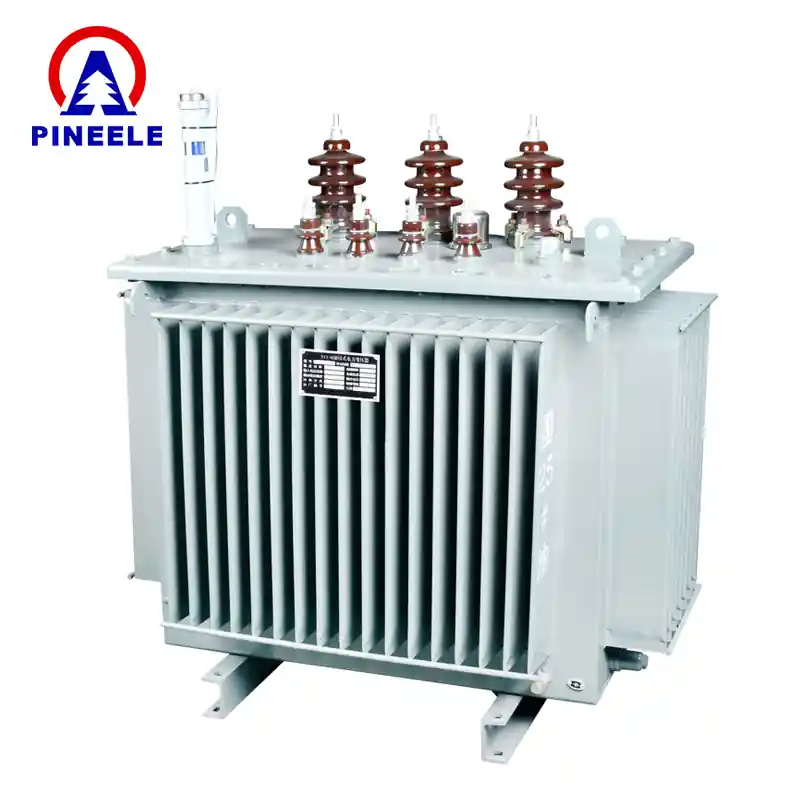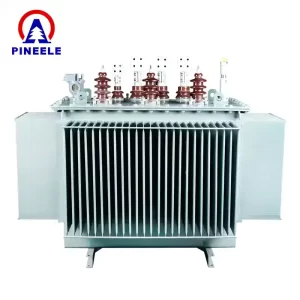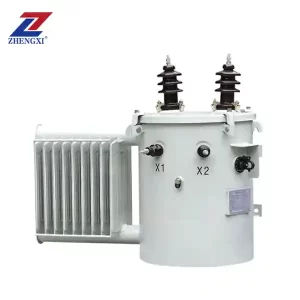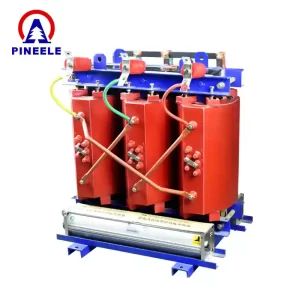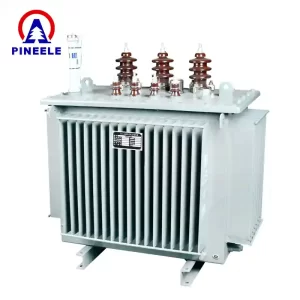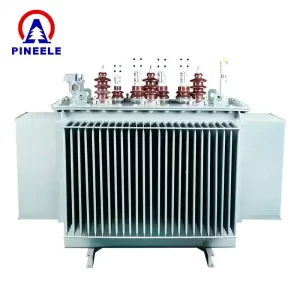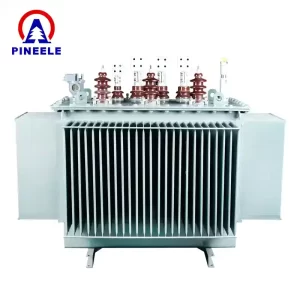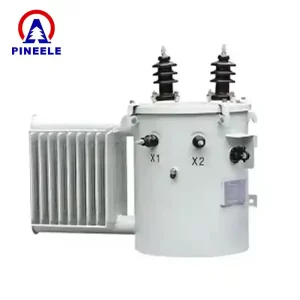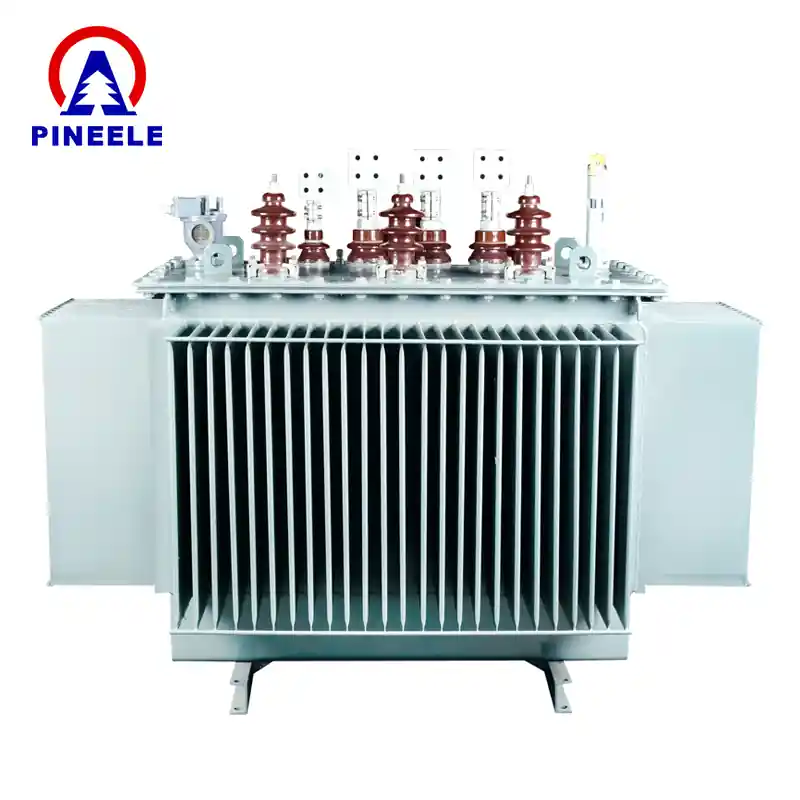
Overview of 132 kV Switchyard Transformer
A 132 kV switchyard transformer plays a pivotal role in the transmission and distribution of electric power at high voltages. These transformers are installed in switchyards — the open-air substations where switching, protection, and voltage transformation occur. Designed for efficient energy transfer, voltage conversion, and isolation, the 132 kV transformer ensures grid stability across large-scale transmission networks.
These units are essential in stepping down the voltage from 132 kV to lower distribution levels (such as 33 kV or 11 kV), making them suitable for utility providers, industrial facilities, renewable energy plants, and infrastructure projects.
Technical Specifications
| Parameter | Specification |
|---|---|
| Rated Voltage (HV) | 132 kV |
| Rated Voltage (LV) | 33 kV / 11 kV / Custom |
| Transformer Type | Oil-immersed / Dry-type (custom) |
| Cooling Method | ONAN / ONAF / OFAF |
| Frequency | 50 Hz / 60 Hz |
| Phase | 3 Phase |
| Rated Power Capacity | 10 MVA to 100 MVA (typical range) |
| Tap Changer | On-load / Off-load tap changer |
| Insulation Class | A / B / F / H (depending on design) |
| Dielectric Strength | > 400 kV BIL (Basic Impulse Level) |
| Vector Group | Dyn11 / YNd1 / Custom |
| Cooling Medium | Mineral Oil / Ester Oil / Silicone Fluid |
| Standards | IEC 60076 / ANSI / IEEE / IS Standards |
| Ambient Operating Temperature | -25°C to +55°C |
Key Features and Advantages
- High Voltage Reliability: Built to withstand grid fluctuations and transients in 132 kV environments.
- Long Service Life: Designed with high-grade core steel and advanced insulation systems.
- Flexible Configurations: Customized vector groups and tap-changing solutions available.
- Low Losses: Meets modern energy efficiency standards, minimizing iron and copper losses.
- Seismic Resistance: Optional seismic design for earthquake-prone areas.
- Environmentally Friendly Options: Available with biodegradable ester oil.
Applications of 132 kV Switchyard Transformer
- Grid Substations:
The most common use, enabling step-down from transmission to distribution levels. - Renewable Energy Plants:
Solar and wind farms often connect to the 132 kV grid via these transformers. - Industrial Power Systems:
Heavy industries with high voltage equipment require 132 kV supply transformers. - Urban Infrastructure:
Supplying electricity to densely populated areas through robust HV substations. - Railway Electrification Systems:
Supporting 25 kV railway systems by stepping down from 132 kV grid voltage.
Performance Characteristics
A transformer operating in a 132 kV switchyard must handle:
- Overvoltages from switching operations
- Short-circuit conditions
- Load fluctuations and harmonics
- Environmental stress (temperature, pollution)
Proper design ensures thermal stability, dielectric performance, and magnetic flux management across the core and windings.
Transformer Core and Windings
Core Material:
High-grade CRGO silicon steel or amorphous metal to reduce no-load losses.
Winding Material:
Electrolytic-grade copper or aluminum with multi-layer or disc winding design, improving thermal and mechanical endurance.
Winding Configuration:
Customized per client load profile and grid requirements. Typical configuration is YNd1 for step-down usage.
Manufacturing and Testing Standards
Each 132 kV transformer undergoes extensive testing per international protocols such as:
- Routine Tests:
- Winding resistance
- Insulation resistance
- Ratio and polarity check
- Vector group verification
- No-load and load loss measurement
- Type Tests:
- Impulse voltage test
- Temperature rise test
- Short-circuit withstand test
- Special Tests (upon request):
- Noise level test
- Partial discharge test
- Seismic simulation
Installation and Commissioning Considerations
When deploying a 132 kV switchyard transformer, keep in mind:
- Site leveling and drainage
- Oil containment pits for environmental safety
- Surge arresters and bushings rated > 132 kV
- Cooling arrangements for high-load conditions
- Proper earthing and lightning protection
Installation requires experienced technicians with high-voltage certification.
Scope of Supply
We offer complete 132 kV transformer packages including:
- Main transformer body
- HV/LV bushings
- Tap changers
- Cooling radiators or fans
- Control and protection cabinet
- Buchholz relay, PRV, WTI, OTI
- Silica gel breathers
- Online monitoring systems (optional)
3 Common FAQs
1. What is the role of a 132 kV transformer in power systems?
Answer:
It steps down voltage from transmission level (132 kV) to sub-transmission or distribution levels, enabling safe and efficient electricity delivery to cities, industries, and transport systems.
2. Can I use a 132 kV transformer for solar farms?
Answer:
Yes. 132 kV is a standard connection voltage for utility-scale solar plants. Transformers in such applications may include ester oil for environmental compliance.
3. What maintenance does a 132 kV transformer require?
Answer:
Routine inspections include checking oil levels, measuring insulation resistance, examining bushings, and testing protection relays. Annual diagnostic testing like dissolved gas analysis (DGA) is recommended.
Applicable Standards & Regulations
- IEC 60076 (International Electrotechnical Commission)
- IEEE C57.12 (American standard)
- IS 2026 (Indian Standards for Power Transformers)
- ISO 9001:2015 (Quality Management)
- ISO 14001:2015 (Environmental Management)
External References
- Substation (Wikipedia)
- Transformer (Wikipedia)
- Switchyard (Wikipedia)
Scope of Application
- Power Utilities: National grid interconnection at 132 kV voltage level.
- Industrial Parks: For high-load operations requiring substation-level voltage.
- Renewable Energy Developers: Wind or solar farms with high capacity connections.
- Government Infrastructure Projects: Airports, rail, smart cities.
- Independent Power Producers (IPPs): As part of high-voltage connection to main grids.
